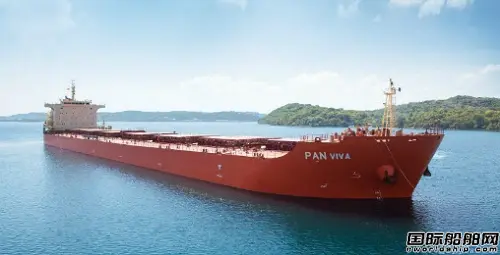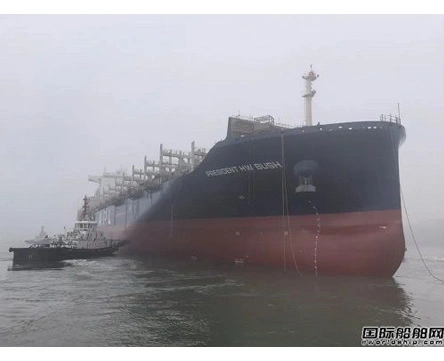Working Principles and Advantages of D Type Rubber Fender
D type rubber fenders are a type of rubber fender used for ports and port infrastructure, offshore mooring systems, and other marine applications to protect vessels, docks, and other structures from collisions and damage. These fenders are durable and effective in absorbing impact energy, making them a popular choice in the marine industry. This article will detail the working principle and advantages of D-type rubber fenders.
Working principle of D-type rubber fenders
D-type rubber fenders are designed to absorb impact energy through compression and release. These fenders consist of a hollow cylindrical shape with a closed end and an open end. The fenders are made of high-quality rubber that is durable, flexible, wear-resistant, and chemical-resistant.
During an impact, the D-type rubber fender will compress and deform, absorbing the energy and reducing the speed and force of the approaching vessel. The rubber material of the fender acts as a cushion and is intended to quickly return to its original shape after impact, preparing for the next contact. The energy absorbed by the fender is then released in the form of heat generated by friction between rubber molecules. This thermal energy dissipates further into the air, preparing the fender for the next impact.
Advantages of D-type rubber fenders
D-type rubber fenders have numerous advantages over other types of fenders, making them the preferred choice for many marine applications. Some of the main advantages of D-type rubber fenders are:
Durability
D-type rubber fenders are made of high-quality rubber that is wear-resistant and chemical-resistant, making them long-lasting. These protective plates can withstand various weather and environmental conditions, including UV radiation, saltwater, and extreme temperatures.
High energy absorption
D-type rubber fenders are very effective in absorbing impact energy. They can effectively reduce the impact force on vessels and structures, thereby reducing damage to the structure and lowering maintenance costs.
Low reaction force
D-type rubber fenders have a unique ability to evenly distribute impact force, resulting in lower reaction force. This feature makes the fenders particularly suitable for use in areas where the structure may be damaged by high reaction force due to weak structural support.
Easy installation
D-type rubber fenders are easy to install and often do not require specialized equipment, making them a popular choice in many applications.
Low maintenance
D-type rubber fenders require minimal maintenance, which reduces overall ownership costs. The rubber material is not easily damaged and can quickly return to its original shape after impact, so replacement is often not necessary.
Cost-effective
Compared to other types of marine fenders, D-type rubber fenders are cost-effective. Their manufacturing, transportation, and installation costs are lower, making them an attractive choice for many marine applications.
Conclusion
In conclusion, D-type rubber fenders are a popular choice for many marine applications due to their durability, high energy absorption, low reaction force, easy installation, low maintenance, and cost-effectiveness. The working principle of D-type rubber fenders is based on their ability to compress and absorb energy during impacts, and then release energy through friction and heat. When designed and installed properly, these fenders can protect vessels, docks, and other structures from damage, lower maintenance costs, and improve safety in marine operations. Overall, D-type rubber fenders are a reliable and effective solution for protecting marine infrastructure, vessels, and crew from collision impacts.


